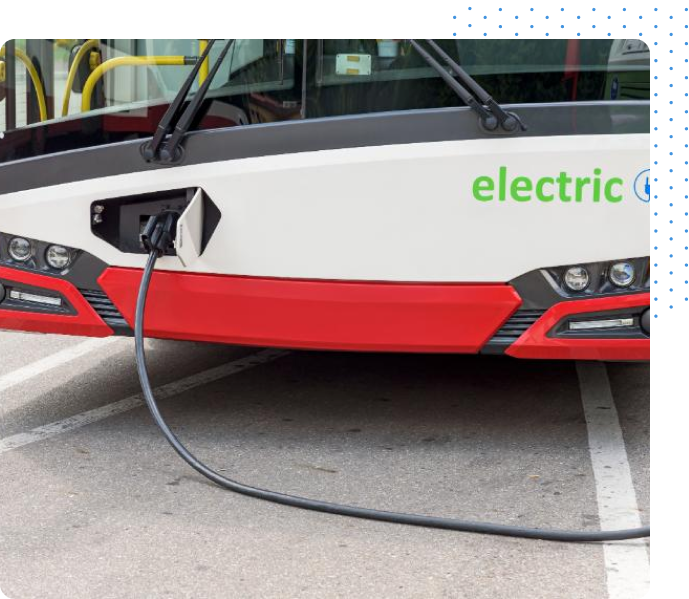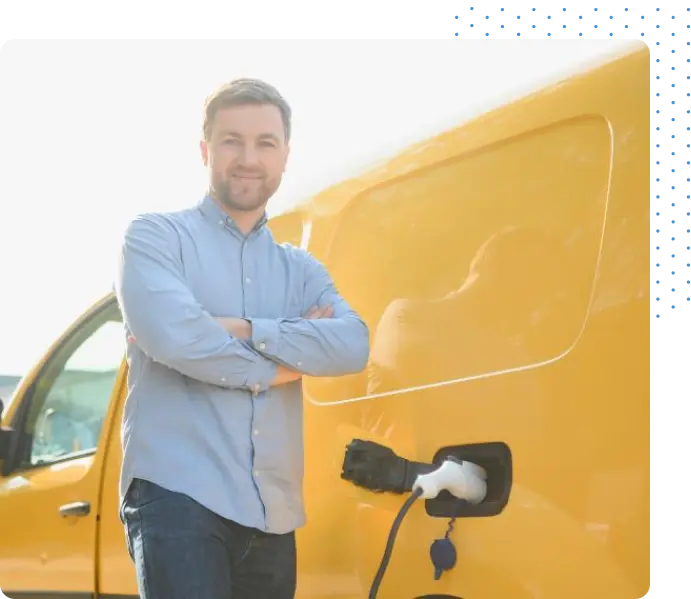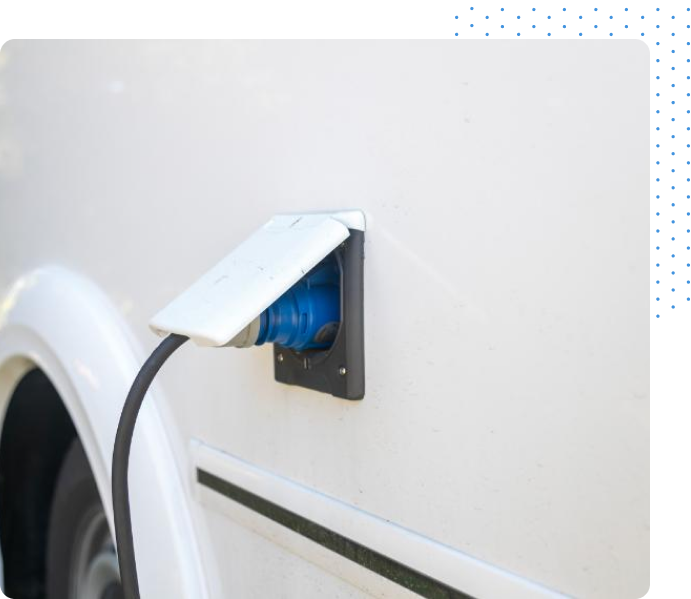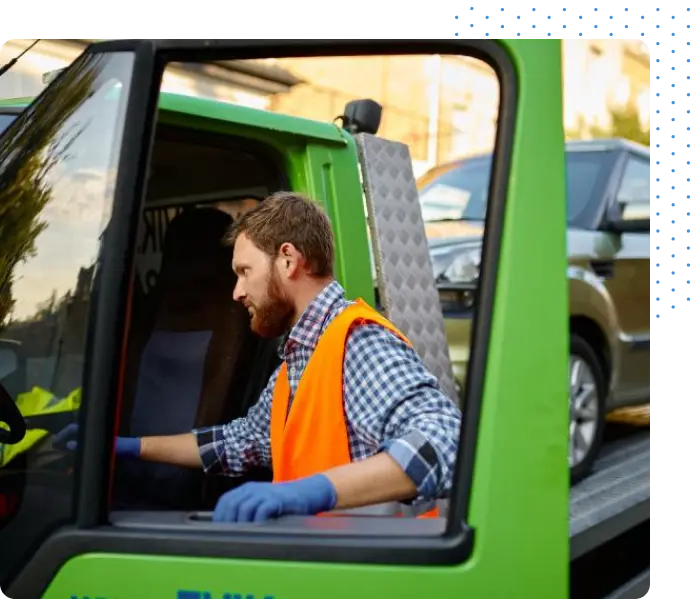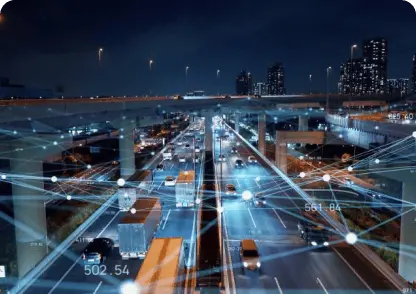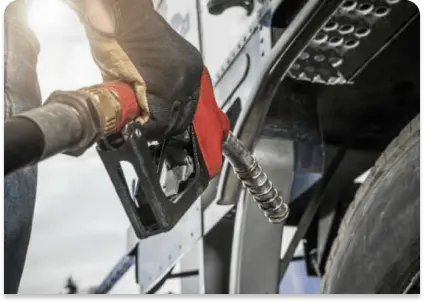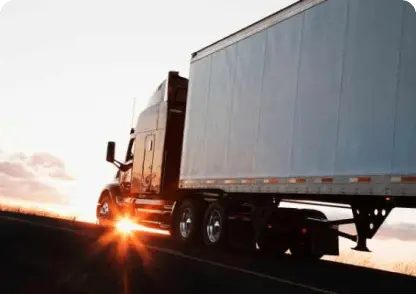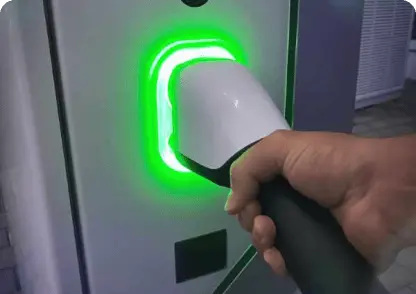
Prepare your fleet for electrification
Assess the suitability of available EVs for your unique demands. Understand and plan the charging infrastructure needed to transition confidently.



4.9 / 5 — Serving over 20,000 fleets
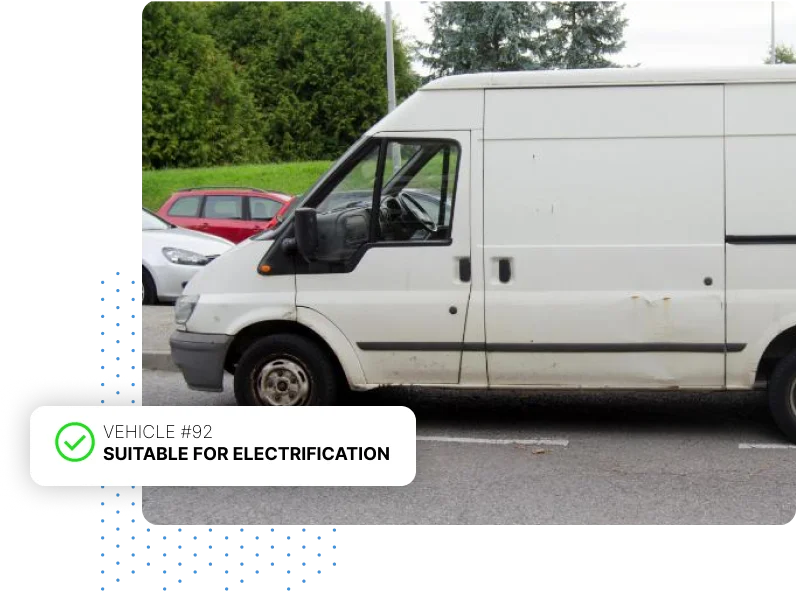
"I recently shopped around for a company that could accommodate our fleet of 200 vehicles. I was pleasantly surprised that One Step GPS could meet my needs and offered the best pricing I found. The level of features matched or exceeded other companies and my rep worked with me to set up groups that matched our footprint." — B.V.
Prepare for electrification
"The products are superb, easy to install, amazing quality with the online system, and features upon features." — L.G.
20,000+ of the world's fleets are monitored with One Step GPS
5%Of The Fortune 100 are served by One Step GPS
17M+Safety and efficiency alerts generated annually
5.5B+Fleet miles tracked and reported on each year

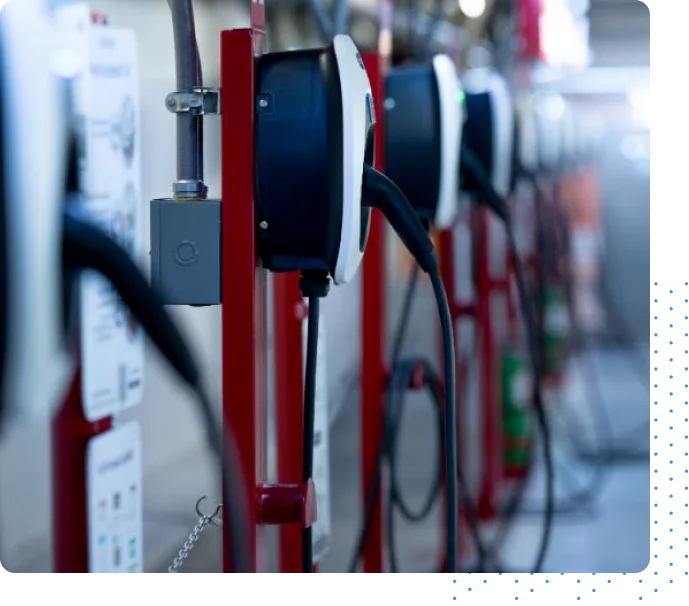
"Within 30 days of we have been able to consolidate and re-route each route to become more efficient. This by far was one of the best investments we have made in our company." — L.C.

"They notify us about engine idle too long, speeding, etc. I would highly recommend One Step GPS for any kind of vehicle tracking." — L.A.
Fleet sustainability FAQs
- Gather actionable data to inform which vehicles can and should be replaced with EVs, average and peak range for various vehicles and routes in your fleet, cost of ownership analyses, and preparatory behavior changes that will prepare your drivers to transition to electric driving.
- Data-informed planning to help decide which EV types and available models are the best options to replace your current vehicles with and the needed infrastructure to keep your fleet charged.
- Post-purchase evaluation, where you track and understand how your new EVs meet their demands by gathering data on the actual state of charge, available range, and how real-world factors affect battery life.
- Measure, achieve, and report on your sustainability goals.
- Average daily driving range
- Maximum daily driving range
- Route(s) driven, are charging stations accessible?
- Average speed, 50-60 mph is generally the most efficient driving speed for EVs
- Driving behavior that will impact battery performance in an EV: hard braking and acceleration
- Consider the seasonal shifts of temperature your vehicles will operate in. Temperatures above 100 °F and under 32 °F can significantly impact battery range.
- Based on your unique considerations, determine the best candidates in your fleet for replacement
- Create a replacement timeline that supports your organization's goals for fleet electrification
- Assess the data points (gathered above) for each vehicle you plan to replace, in sequence, to understand the real-world demands its EV replacement will need to meet
- Identify available EV models that will best fill the role; in some cases BEVs will be best, and in others, HEVs or PHEVs will be needed
- If lifetime cost of ownership is an important part of your assessment of which vehicles to electrify first, now is a good time to assess this information
- Determine the number, type, and power demands of chargers to support your growing electric fleet
- Consider the routes and demands of each vehicle carefully. For example, some vehicles may only consume 50% of their battery life daily and could potentially share a single charger for a more cost-effective solution
- As a part of your planning, don't forget to take an inventory of available public charging stations along your common routes. Modern fast chargers can charge new EVs to 80% in as little as 15 minutes
- Plan the best place for installing your new chargers. If your employees have take-home vehicles, consider sponsoring level 2 chargers in their homes
- Plan for the charger installation with your utility company and electrician service
- Work with your dealer to purchase or lease the EV models you've chosen
- Be sure to take advantage of all available credits, rebates, tax benefits, etc.
- Real-time battery charge percentage
- Live battery range
- Alerts for low charge
- Are my vehicles coming within 10% of their potential range daily, or do they have miles to spare on our current routes?
- Can I coach my drivers to improve range?
- Can I replan my routes to maximize efficiency?
- How does battery life fluctuate seasonally?
- Keep speed under control, EVs generally have the longest range when driven at 50-60 mph
- Avoid harsh braking—slower braking and one-pedal driving maximize the regenerative functions in the wheels and extend battery range
- Avoid rapid acceleration—EVs expend a lot of charge when speeding up too quickly
- Avoid running the heater or AC at full blast
- Be aware of changes in battery range in cold or hot weather, range can significantly decrease in extreme temperatures
- Percent of charge remaining
- EV range
- Charging station map overlay
- Speed
- Driving behavior (speeding, hard braking, rapid acceleration, idle time)
- Routes driven
- Stops made on routes
- Maintenance reminders and alerts
- Geofencing
- After-hours operation
- Determine the number, type, and power demands of chargers to support your growing electric fleet
- Consider the routes and demands of each vehicle carefully. For example, some vehicles may only consume 50% of their battery life daily and could potentially share a single charger for a more cost-effective solution
- Take an inventory of available public charging stations and overlay them along all of your routes. Modern public fast chargers can charge new EVs to 80% in as little as 15 minutes
- Plan the best place for installing your new chargers. If your employees have take-home vehicles, consider sponsoring level 2 chargers in their homes
- Keep speed under control—speeding is one of the major emission-generating behaviors and can drastically reduce battery life in an EV
- Avoid rapid acceleration
- Turn off the engine rather than idling—it only takes about 30 seconds worth of fuel to start up a modern vehicle's engine, making idling nearly always an unnecessary emissions source
- Ask drivers to report potential maintenance issues as soon as they notice something odd—unhandled maintenance issues can inflate carbon waste and cause premature vehicle wear
- Incentivize your entire fleet by setting goals and gamifying the good driving behavior that will get the whole team working to achieve them.
